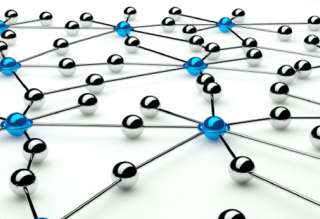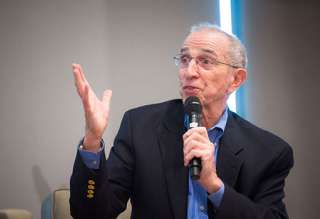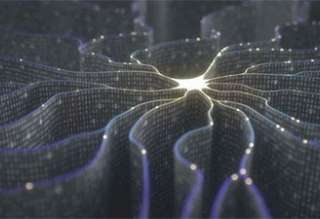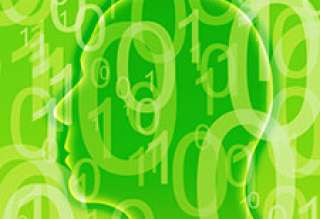Consider Hosting ICIP 2022
The 2018 IEEE Data Science Workshop is a new workshop that aims to bring together researchers in academia and industry to share the most recent and…
Read morePrepare your Proposals for ICASSP 2023
IEEE Signal Processing Society is accepting proposals in all regions for the 2023 IEEE International Conference on Acoustics, Speech and…
Read moreEnvisioning the Future of Signal Processing
Intellectual descendants and colleagues of MIT Professor Alan V. Oppenheim gathered to mark his 80th birthday and discuss the future of a quietly…
Read moreMulticarrier Chirp-Division Multiplexing for RF and Underwater Acoustic Communications
Author: Song-Wen Huang (University at Buffalo, the State University of New York) Advisor: Dimitris A. Pados Radio frequency and underwater…
Read moreIVMSP-TC Activity Update
Image, Video, and Multidimensional Signal Processing Technical Committee (IVMSP TC) promotes and guides the advancement of the field of image,…
Read moreSpecial Issue of JSTSP on End-to-End Speech and Language Processing
Speech and Language processing (SLP) is essentially a series of sequence-to-sequence learning problems. Conventional SLP systems map input to output…
Read moreWhat Should We Learn? Should We Upgrade our Brains?
Neurotechnology is one of the hottest areas of engineering, and the technological achievements sound miraculous: Paralyzed people have controlled…
Read moreData Conversion within Energy Constrained Environments (2017)
Within scientific research, engineering, and consumer electronics, there is a multitude of new discrete sensor-interfaced devices. Maintaining high…
Read more








